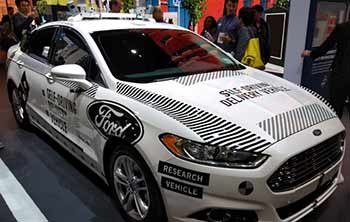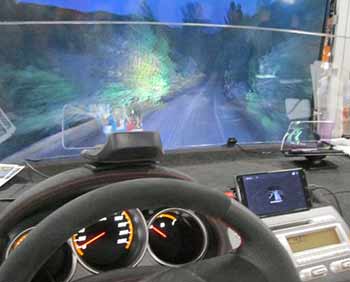Numerous companies and politicians have struggled for decades to advance solutions to tackle traffic congestion, yet commute times continue to increase in most of America’s city centers. The age of smart mobility is a robust new era in transport, which is being ushered in by new business models inspired by disruptive technologies and the sharing economy.
The Rise of Smart Mobility
From simple things like driverless cars delivering pizza to paying for parking with one’s phone, the rise of smart cities is making downtown living cool again. The revival of cities, which has drawn millennials to the urban scene, has fostered a changed attitude toward transport and the need for individual automobile ownership.
Many models from different municipalities have proven that urban dwellers don’t have to create motorized traffic with private vehicles to improve accessibility. For example, the Walkable City model, Leap in San Francisco (an ICT-enabled on-demand transit service), ride-sharing systems like Uber and Lyft, and various bike-sharing programs, have allowed countless people to appreciate city life without having a private vehicle.
Practical Uses of Smart Mobility
Companies such as Ericsson have developed smart apps to meet transportation needs in large cities. For example, the company has produced a tourism planner app to help tourists get around the city of Stockholm, Sweden. Then there is the pick-up planner, designed to meet the transportation needs of people with limited mobility. There’s also the dynamic bus scheduler, which notifies bus drivers of obstructions ahead and suggests alternative routes they can take.
City managers can leverage the Internet of Things. They can use video surveillance, monitors, and radio frequency identification tags, all communicating with each other to detect essential areas where municipal services are lagging, keep tabs on the functioning of vital infrastructure, and update decision makers on how to make urban areas more habitable and manage city growth.

There is now a more integrated, door-to-door approach to mobility as opposed to the old paradigm of private transport as the only means of getting around. Megatrends such as pollution, urbanization, connectivity, congestion, and globalization are fuelling the move from private vehicles to new business models such as carpooling, ride sharing, and integrated mobility.
Smart mobility is available, though on an irregular basis, in a marketplace mostly consisting of small, private actors. In spite of this, service providers and individual consumers are already taking advantage of smart services and technologies in several major cities.

The information services that accompany smart mobility have the potential to improve the traveler experience significantly. Travelers can make adaptive choices to escape system failures and reclaim control over their own journey time. They can select travel preferences based on personal inclinations, such as convenience or cost. Smart mobility improves traveler comfort by helping users to avoid congestion. The connected nature of smart mobility allows travelers to make constructive use of journey time by accessing online services as they travel.
Importance of Human and Design Factors
Transitioning to viable smart mobility will play a critical role in tackling common challenges such as poverty, climate change, public health, and gender inequality. Advances such as autonomous driving, shared mobility platforms, and electric vehicles have made transportation more eco-friendly, safer, and more efficient and inclusive.
Smart mobility should serve not only as a means of enhancing mobility but also as a way of connecting people and goods, cities and regions, knowledge and innovation. Smart mobility is needed to develop efficient, livable cities that will attract top talent and investment. It is the key to sustainable development of cities, taking into consideration the fact that six out of every ten people on earth are expected to live in urban areas by 2030.
Smart Mobility is Just Getting Started
Smart mobility is poised to grow as a trend. The ride-sharing, on-demand taxi services, etc. are being hailed as “Mobility 1.0.” In this vein, Mobility 2.0 is expected to focus on user experience, with increasing uptake of specialization. Mobility 3.0 is likely to see the general acceptance of driverless vehicles and partial ownership models powered by the blockchain.



